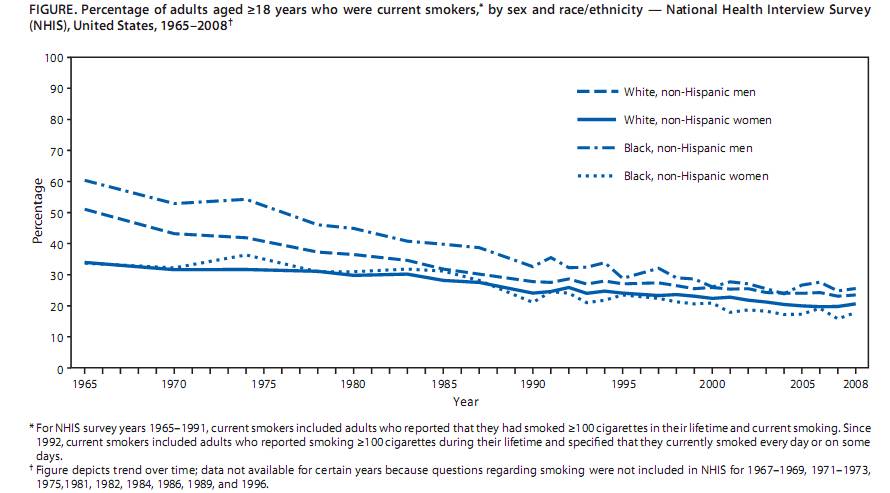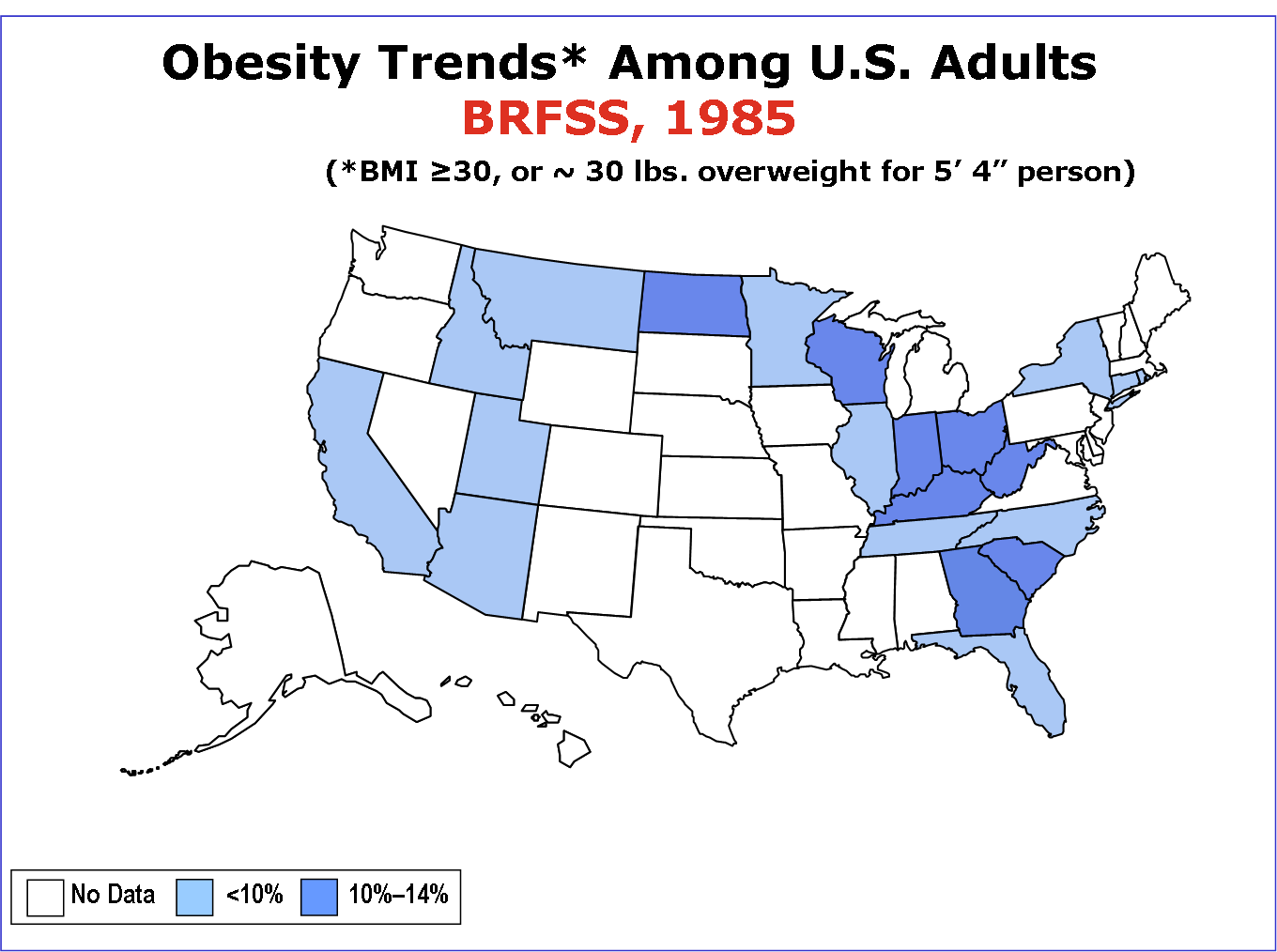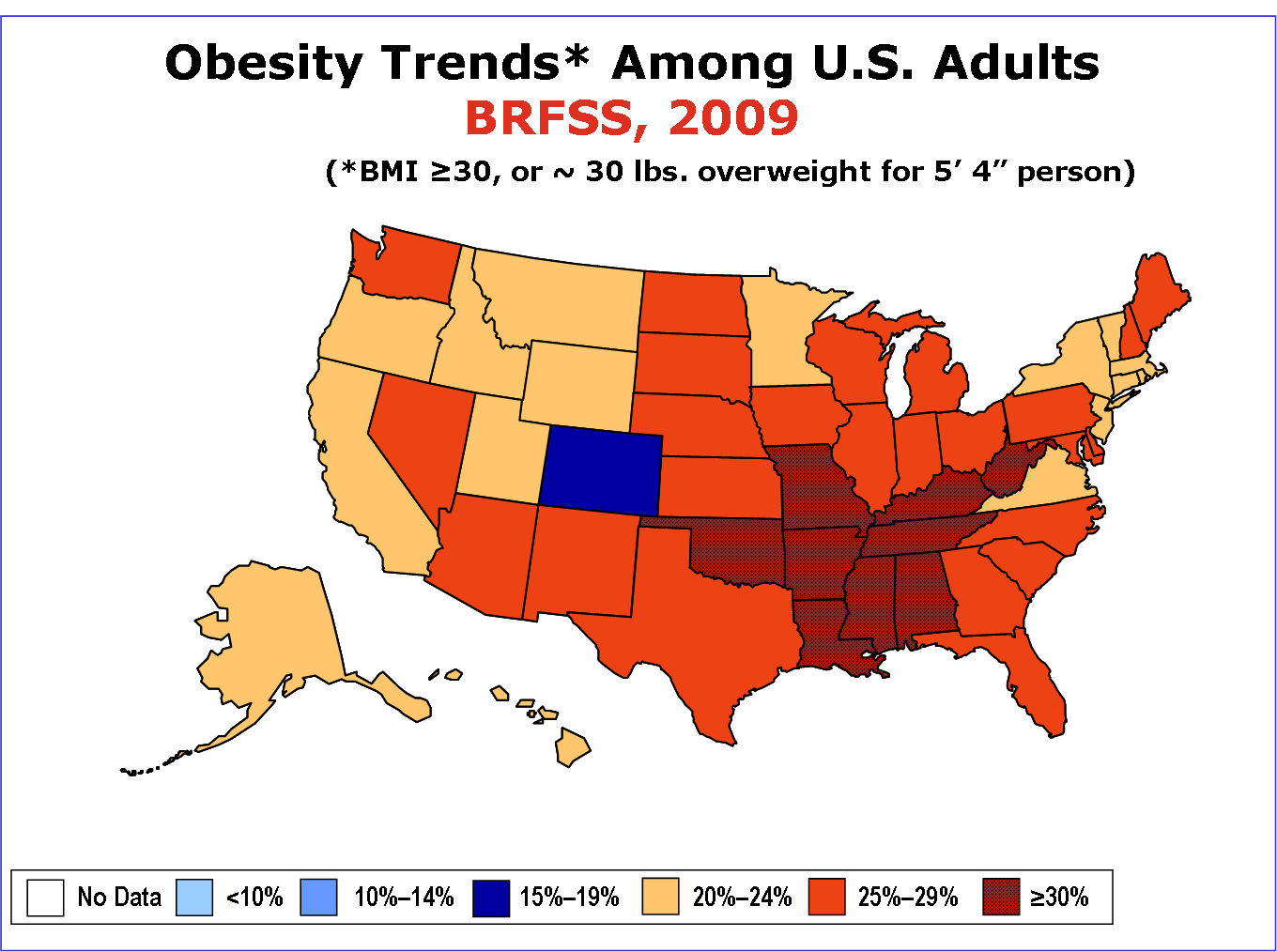I’ve been working with a Midwestern community for the past 7 months to improve the quality, efficiency, and value of their healthcare – as measured by public health population status, and the cost and quality of medical services. This experience has reinforced what I’ve been hearing repeatedly for the 28+ years I’ve been working with healthcare challenges: The three most significant areas for improving quality and controlling costs related to illness and healthcare are reducing smoking, increasing exercise, and reducing obesity. (The latter two are connected, but they also have separate and important benefits.)
While I will be writing more about each of these health problems in the coming weeks, (along with many other health policy issues involving innovation, system transformations, and the ongoing debate about health reform legislation), I first wanted to lay out some top line perspectives on smoking, exercise, and obesity.
Smoking
While many people think that smoking is no longer common in the United States, the data says otherwise. The chart below from a recent CDC report shows that while smoking rates have declined significantly since the 1960s, about 20% of the US population still smokes.
This report also states, “Tobacco use is the leading cause of preventable illness and death in the United States.” It doesn’t get much simpler than that.
A deeper look into the data also shows that smoking rates vary dramatically by education level achieved:
This makes another great case for the value of education.
Exercise
Exercise has gotten lots of attention lately – particularly in the context of obesity. However, exercise has significant benefits aside from weight reduction and control – where is certainly can play a very important role. For example, a January 1, 2010 article “Physical Activity Guidelines for Older Adults” indicates that there is strong evidence that physical activity in adults results in:
- Decreased Risk of:
- Early Death
- Heart Disease
- Stroke
- Diabetes (Type 2)
- High Blood Pressure
- Adverse Blood Lipid Levels
- Metabolic Syndrome
- Colon Cancer
- Breast Cancer
- Reduced Depression
- Improved Cognitive Function (in older adults)
In addition, the article also lists improving sleep quality and decreasing the risk of lung and endometrial cancers as benefits where there is moderate evidence.
Another point often missed about exercise is that the type of exercise doesn’t matter too much – just as long as it involves moving in some significant way. For example, pushing a lawnmower and raking up the clippings may be just as beneficial as lifting weights and going for a walk. (Conversely, thumb scrolling on a Blackberry, texting on a cell phone, or pushing buttons on the TV remote don’t count.)
If the benefits of exercise for cancer risk, mental health status, (and even controlling the symptoms of arthritis), were more commonly appreciated, maybe there would be greater emphasis on recommending exercise as part of integrated courses of therapy for a wide range of health problems – particularly since there is evidence that such recommendations are effective: An editorial accompanying the Physical Activity Guidelines article referenced above cites a New Zealand study that found prescribing physical activity and referring people to community resources resulted in an average of 35 more minutes of exercise per patient per week.
This editorial also concludes: “By implementing an evidence-based approach to promoting physical activity, we have an opportunity to improve the health of the public – particularly the older population. As a society, we need to increase our commitment to promoting physical activity. To be successful, we need continued leadership and involvement from primary care physicians.”
Obesity
With all the focus in recent years on obesity, it is still shocking to see the data. Below are the US state obesity maps from the CDC for the years 1985 and 2009.
While comparing these maps is interesting, you can also see an automated slide-show on the CDC’s website that shows the year-to-year changes – click here.
Obesity is clearly a huge problem involving not only medical and nutritional issues, but also broad sociological, cultural, and economic challenges.
Bottom Line
There is clearly overlap in the benefits people (and society) can get from stopping smoking, increasing exercise, and weight reduction, so calculating clinical or economic value from any single initiative can be difficult. While the synergistic effects among initiatives creates analytical challenges, it also present opportunities for better real world results. For example, besides helping with weight reduction, increasing exercise (as noted above) improves many other measures of health status and quality of life.
Similarly, smoking, exercise and obesity are all related to diabetes – a disease that is more than just “a little sugar,” and a condition of great concern because of how it decreases quality of life and produces tremendous costs to society. Specifically, diabetes is the leading cause of kidney failure, blindness, and lower leg amputation. And someone with diabetes has the same risk of having a heart attack as someone who has already had a first heart attack.
To close with one example of the bottom line of the bottom line, an estimate in the year 2000 put the US costs of obesity and overweight, (which included how it contributed to diabetes, heart diseases, etc.), at $117 billion/year.
—–
That’s all for now. In the coming weeks I’ll explore how clinical, technological, community-social and “other” advances and interventions can address the issues of smoking, exercise and obesity within the US healthcare system as we move toward transformed financing and delivery systems. As the same time, I’ll also bring some more quantitative perspectives to these issues, since in the current fiscal environment the economic implications of health proposals are of great interest and concern.




